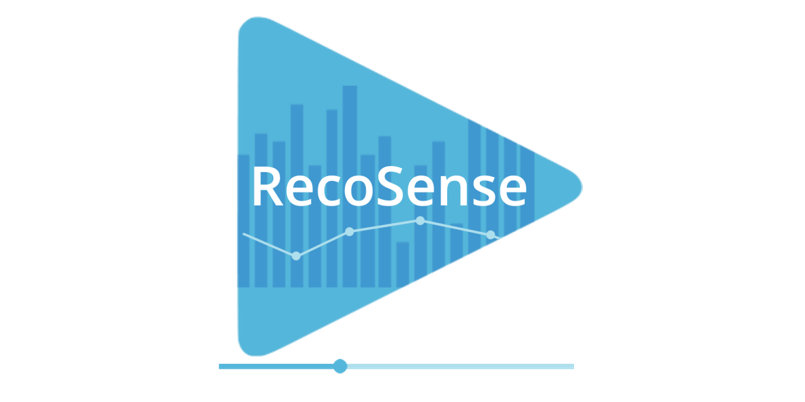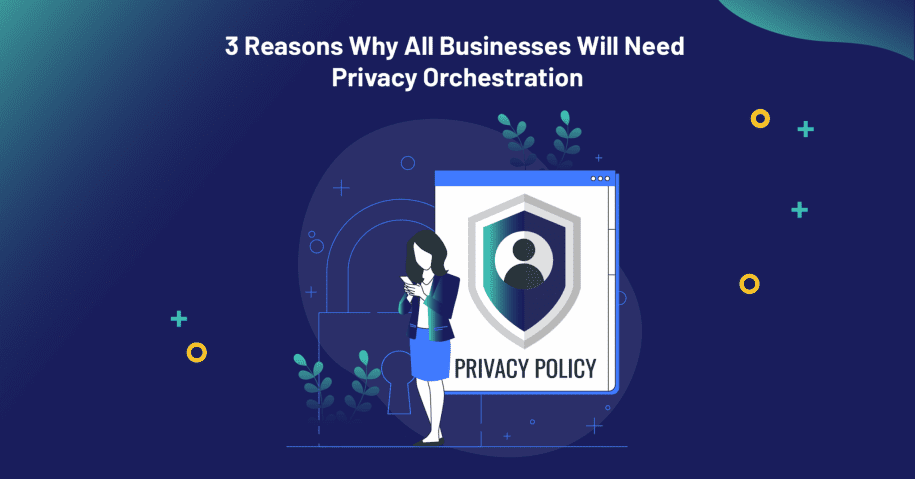Utilising data more efficiently can induce a true competitive edge in the modern digital economy. So how can your business tackle big data problems and comprehensively manipulate your data assets? And how can you employ these data assets to prompt your capability to innovate? Privacy orchestration provides the solution to make your data more valuable, functional and, in the end, more helpful.
The business implications of failing to leverage information insights adequately can be significant, and nobody wants to remain behind. In addition, with privacy orchestration, you gain more resources and time to spend on beneficial projects. The advantages mean quicker ramp-up times, more manageable installs and quick wisdom for data engineers.
What is Privacy Orchestration?
Privacy orchestration refers to the capacity to operationalise a business’s privacy stance across every client interaction, touchpoint and jurisdiction. However, doing this needs in-depth capacity in data administration and the authority to guide the sophistication of the modern privacy landscape.
In addition, jurisdictional intricacy ends from the evolving and ever-changing set of regulations and rules, each with its variation on data privacy, stemming from recent regulations in a rising number of economically influential jurisdictions. Reacting to it with cumulative, legacy techniques are costly and unscalable.
This is where privacy orchestration helps the most by taking siloed information from numerous data storage areas and customer data platforms (CDPs), incorporating it and making it accessible to data analysis tools.
Understanding the Core Elements of Privacy Orchestration
Mentioned hereunder are some of the core components of privacy orchestration.
Deduplication
Keeping your database free of duplicates is crucial to avoid excessive hassles. Your privacy orchestration solution should automatically combine or transform leads, connections, and accounts as per the business rules you specify for a personalised experience. Both batch and real-time deduplication keeps the integrity of your online marketing segments and facilitates prompt, dedicated routing.
Data Enrichment
Enrichment refers to the method of editing data on your documents, including contacts, leads and accounts, based on public data from authorities like third-party data suppliers.
Enrichment promotes proper segmentation for marketers, enhances the precision of data routing, and provides salespeople with the details they require for prospecting and quick reply time. The data enrichment procedure can happen both in batch or real-time to fulfil your company requirements. Real-time enrichment allows you to append or revamp data when an event occurs automatically.
Lead-to-account Corresponding
Matching leads to accounts is a requirement for account-based deals and trade strategies. It is crucial for maintaining a comprehensive, centralised view of a business and its customer signals. From one single repository, you can manage all activity and engagement.
In addition, this lead-to-account matching enhances data segmentation, enrichment and campaign targeting. Newly obtained data from a lead can get automatically settled to an invoice. The adaptable configuration allows you to determine methods according to your company’s requirements.
Why is Privacy Orchestration essential for every Business?
Privacy orchestration and automation help you offload low-priority and redundant tasks, allowing you to accomplish a higher-value task that further enhances incident response. Below are the top three reasons why every modern business needs privacy orchestration.
Enforces the right data management
Needless to say, when the data pipeline gets distributed across various data systems, data management becomes tough, and it can be challenging to keep track of and manage crucial data. However, with privacy orchestration that keeps your data organised and secure, it becomes effortless to create exceptional data-driven strategies in real-time and implement the correct data governance in your system.
Better compliance with data privacy regulations
The CCPA, GDPR, and other data privacy regulations mandate businesses to verify that their data was accumulated ethically. That comprises describing where, when and why the information got collected. So if you do not have your data systematised, it’s difficult to confirm that you’re complying with those regulations.
On top of that, the GDPR (General Data Protection Regulation) provides customers with the capability to opt-out of information collection or demand that your business removes all data you’ve previously gathered from them.
Streamlined operations
Each part of privacy orchestration adds to the simplifying of security functions. Privacy orchestration collects information incoming from a combination of authorities. Security mechanisation, meanwhile, can efficiently manage low-priority signals and happenings through the use of automated playbooks. It assists in restricting cyberattack dwell time and the overall impact on your company.
A Modern Approach to Data Privacy
In modern times, every company must comply with local and global legislation striving to safeguard personal data ownership. The functions and actions backing this remain grouped into a domain that professionals call privacy management.
As the privacy terrain has grown, so have the key areas in a privacy administration program. So when you adopt privacy orchestration and move to a CDP (Customer Data Platform), your customers will inherently count on the transparency and evident consideration you take with their data.
The Bottom Line
When users are becoming increasingly mindful of industry techniques, earning hard-won confidence can assist your company in facing the future with conviction. A privacy management platform can assist you in fostering trust with consumers at scale. In addition, by automating the most crucial and time-consuming jobs, you can better deliver on your privacy commitments to users — on time, every time.
In addition, it will allow companies the skillfulness to retain or eliminate any technology in the integrated plan, ensuring the company can answer to prospective privacy regulations and new technology partners with reduced risk and expense.




Leave a Reply